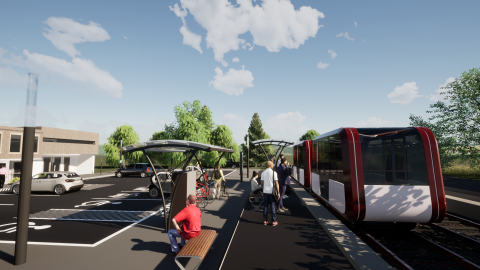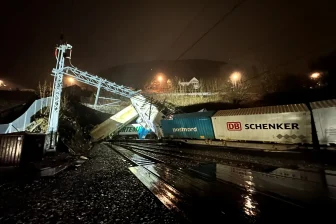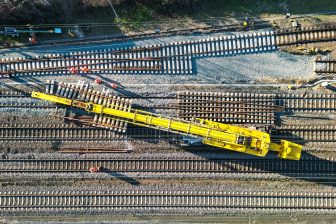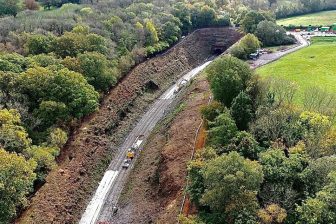
Interview
Taxirail: the future for regional rail?
source: Taxirail
Small, autonomous vehicles on the rails, which run seven days a week and 24 hours a day. That is the concept of Taxirail, and according to Project Director Régis Coat, it might be the future of small, regional lines with low passenger numbers. How will this concept look exactly?
Want to read more?
You have read all of your free premium articles for this month. Please become a subscriber to keep reading.
Subscribe now!
Take advantage of our exclusive offer to get full access to all premium content.




I don’t understand why this transportations concept cannot be mixed with classic rail. It is said that safety is the problem, but with ETCS Level 3 this cannot be the problem anymore.
IMHO this concept could be very interesting for the Dutch Zwolle-Stadshagen-Kampen railway line, as a pilot for level 3 and Virtual Coupling technology.